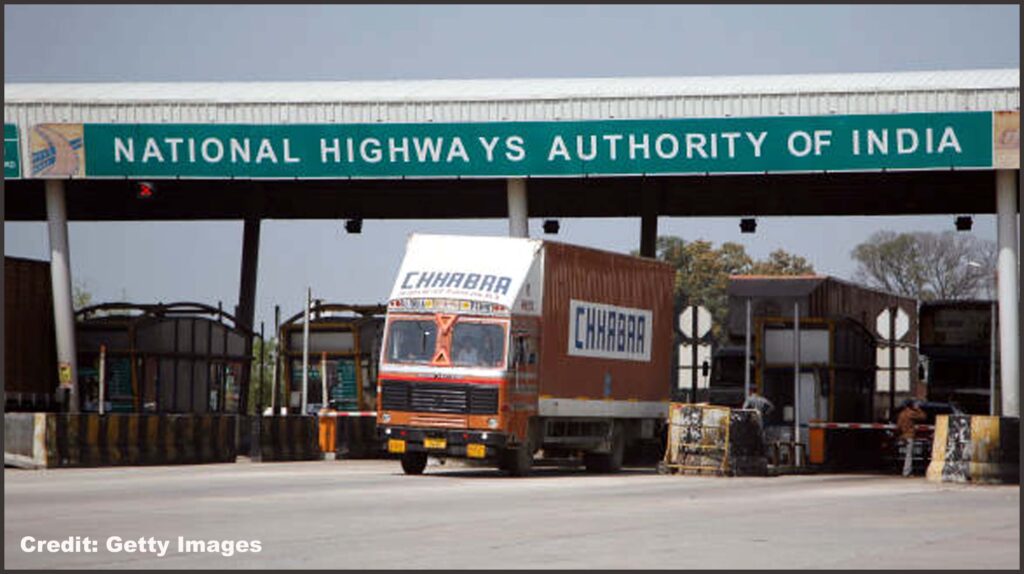
New Delhi – A new debate on social media has erupted over toll collection after an RTI (Right to Information) inquiry revealed a massive disparity between the cost of building a national highway and the toll revenues it has generated. A national highway, constructed for ₹1896 crore, has accumulated a staggering ₹8349 crore in tolls, according to information disclosed through the RTI.
This disclosure, initially brought to light by a viewer of Aaj Tak’s program “Black & White,” has led to public outrage. The viewer, from Jaipur, Rajasthan, wrote to the program, sharing details about the Manoharpur toll plaza on the Delhi-Jaipur highway (NH-8). According to the viewer, toll collection at the plaza has continued for years, well after the construction costs were recovered.
RTI Details: Construction and Collection
RTI requests were submitted to obtain further details about the toll plazas along NH-8, specifically the Manoharpur toll, as well as the Shahjahanpur and Daulatpur toll plazas.
In response to the RTI, officials disclosed that toll collection on this highway began on April 3, 2009. The highway, which connects Gurugram to Kotputli and Jaipur in Rajasthan, was built at a total cost of ₹1896 crore. However, despite having recouped the construction cost, the toll has continued to be levied.
Shocking Revenue Figures
One of the most startling revelations was the toll revenue generated. By 2023, ₹8349 crore had been collected from just three toll plazas along the highway. To put this into perspective, experts have noted that the amount collected is enough to construct at least four similar highways connecting Gurugram to Jaipur.
Despite this, none of the toll plazas on this route have been closed, leading to growing frustration among motorists and taxpayers alike.
Public Outrage and Social Media Debate
As news of the RTI findings spread, social media platforms have been flooded with questions and criticisms. Many users have expressed disbelief over the continued toll collection despite the recovery of construction costs. Some are questioning why, after paying a one-time road tax when purchasing vehicles, motorists are still charged toll fees every 50 kilometers on major highways.
One social media user commented, “If this much toll is being collected from a single highway, imagine the profits being generated across all of India’s major highways. Why are we still paying tolls after the costs have been recovered?”
Another user highlighted the need for further investigations, suggesting that similar RTI queries for other national highways would likely reveal massive profits, well beyond the actual costs of construction. Some activists have even called for a reevaluation of toll policies, arguing that continued toll collection on highways that have long since recouped their costs constitutes exploitation of the public.
Government Accountability
Calls for government accountability are growing louder, with demands for clarity on why toll collections are not being capped or phased out once infrastructure projects are paid for. The RTI findings have brought to the forefront the broader issue of toll management in India and the need for transparent mechanisms to ensure fair practices in infrastructure projects.
As the toll debate intensifies, authorities are yet to respond to the public outcry. Meanwhile, calls for reform and policy changes to limit the duration of toll collection are gaining momentum.





